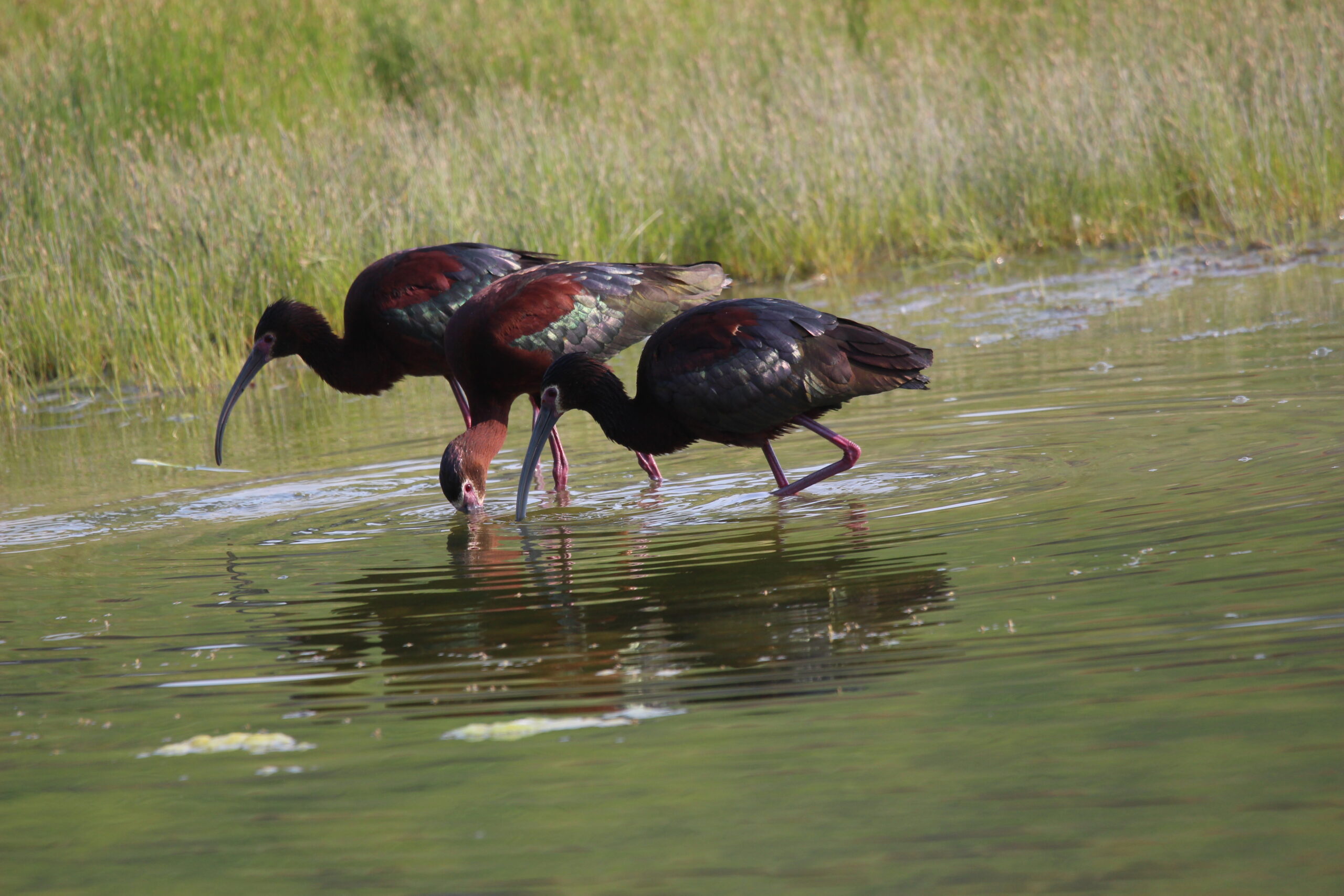While searching the wine cellar for something out of the ordinary, I made a fortuitous discovery of a cache of orange wines tucked away on a dusty shelf, just in time to celebrate the 7th annual National Orange Wine Day, a celebration of this ancient but still largely unknown wine style.
Orange wines have a 6000 year history, when the winemaking technique was first developed on the shores of the Black Sea in the Eastern European kingdom of Colchis, now the location of the modern-day country of Georgia.
Curious readers may now be wondering if there are some magical orange grape varietals used to make orange wines, but the reality is much more mundane. An orange wine gets its name due to the unique winemaking technique of using exclusively white grapes, then using a winemaking process more typical of red grapes, by leaving the pressed grape juice to ferment while still in contact with the skins.
White wines are most commonly produced by pressing the grapes and immediately removing the skins prior to fermentation for a crisp and vibrant flavour. Red wines get their colour not from the clear juice pressed from the grapes, but by leaving the crushed skins in contact during the fermentation process, which gives the wine its red colour, as well as the tannins and polyphenols that contribute to the more robust flavours of red wines.
Orange wines are a combination of the above techniques, starting with pressing the juice from white grapes, but then leaving them in contact with the skins for as little as a few days for light orange wines, or as long as a few months for the more robust orange wines.
Orange wines were developed millennia ago, when wine was still aged in clay or terra cotta amphorae instead of the oak barrels that are more common today. These clay amphorae were more porous to air, leading to some degree of oxidation during the aging process, as well as the introduction of wild airborne yeasts that would make each cask unique.
The few adventurous modern-day winemakers that are producing orange wines have switched from the brittle clay amphorae to concrete casks for the initial fermentation and aging process, then will sometimes finish the wine in oak barrels for a brief period to help impart notes of vanilla and balance the minerality imparted from the concrete casks.
Orange wines tend to have notes of rich fruits like dried apricot, along with a nutty finish from the yeasts exposed to air during the fermentation process. The flavours are quite complex on the palate, making them somewhat difficult to pair with food, but very good in front of a crackling fireplace on a chilly fall day.
Due to the extended skin contact, the wine will appear a pale to medium-amber colour in your glass, with notes of honey, sage, and nuts on the nose.
Orange wines are still quite uncommon in North America, with most of the production coming from Italy or in Eastern European countries that rarely export to Canada. Fortunately, there are a handful of adventurous Canadian winemakers producing orange wines, including several in the Okanagan Valley of BC, which I last visited in the carefree pre-pandemic era.
My favourite orange wine comes from the Stag’s Hollow winery in the southern tip of the Okanagan Valley near Osoyoos, made with white Viognier grapes and fermented with wild yeasts in neutral acacia wood barrels. Plenty of apricot and pear notes from the extended skin contact, with a crisp, almost briny finish. Look for this or other orange wines at your friendly neighbourhood bottle shop.
Rhymes with Orange

In response to Canada's Online News Act and Meta (Facebook and Instagram) removing access to Canada's local news from their platforms, Anchor Media Inc encourages you to get your news directly from your trusted source by bookmarking this site and downloading the Rogue Radio App. Send your news tips, story ideas, pictures, and videos to info@anchormedia.ca.






